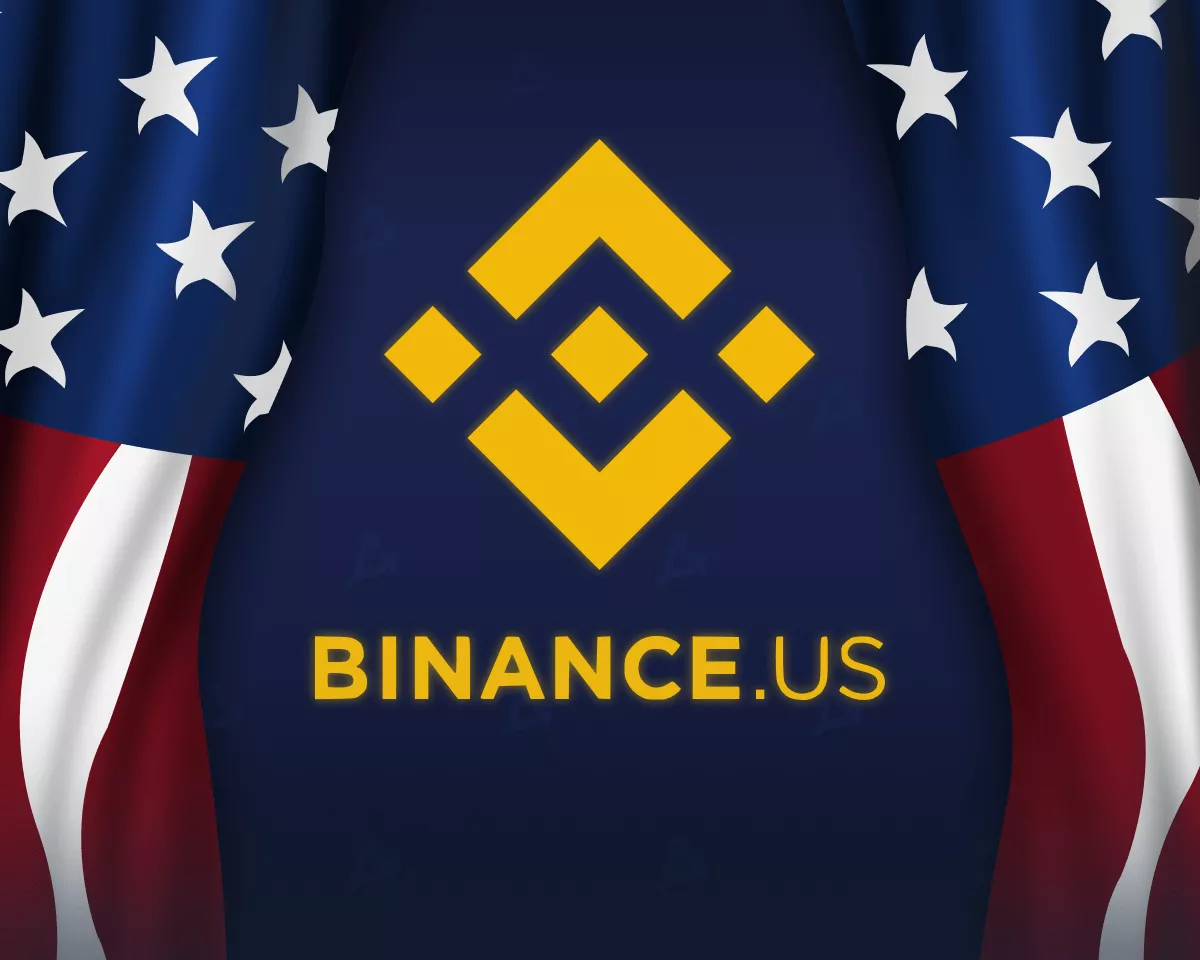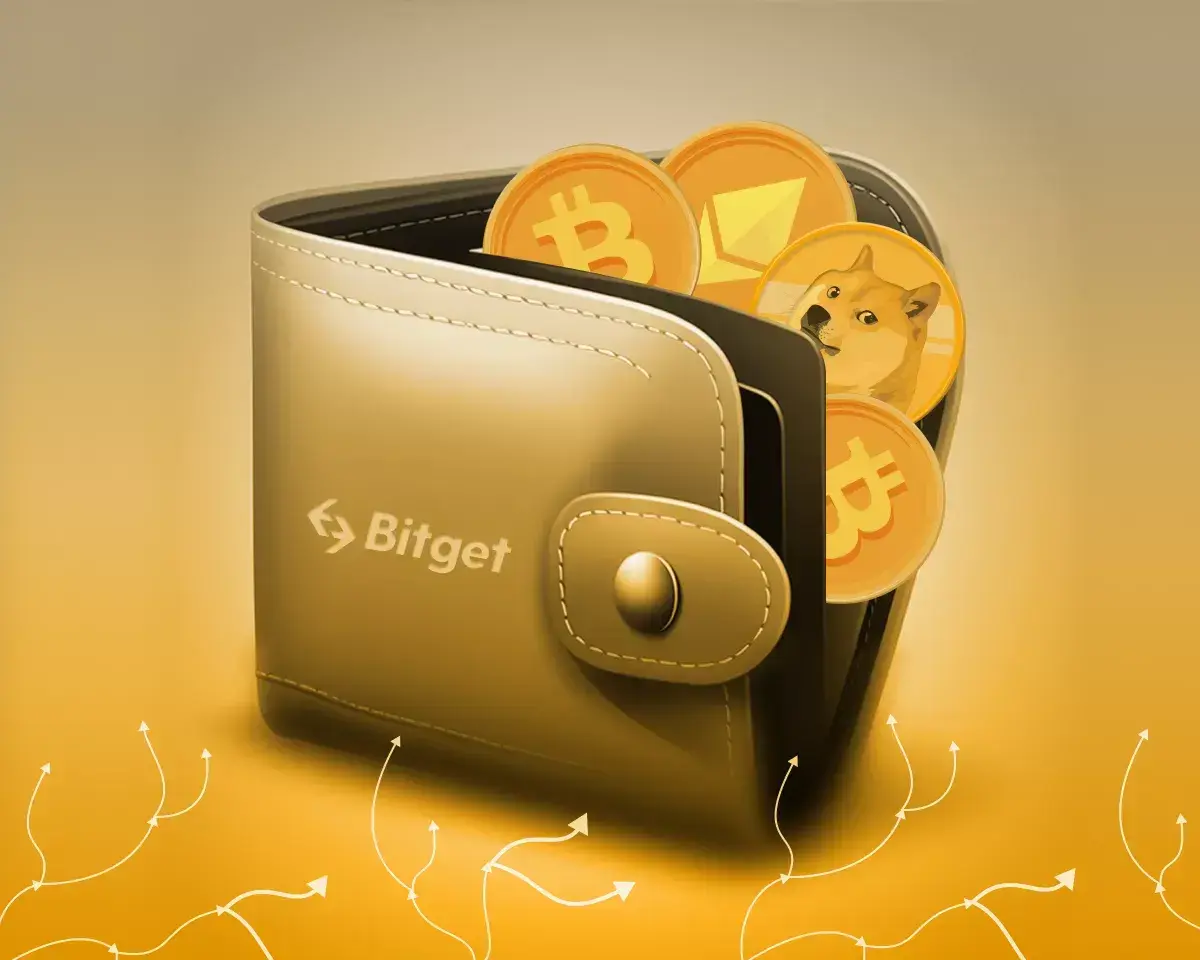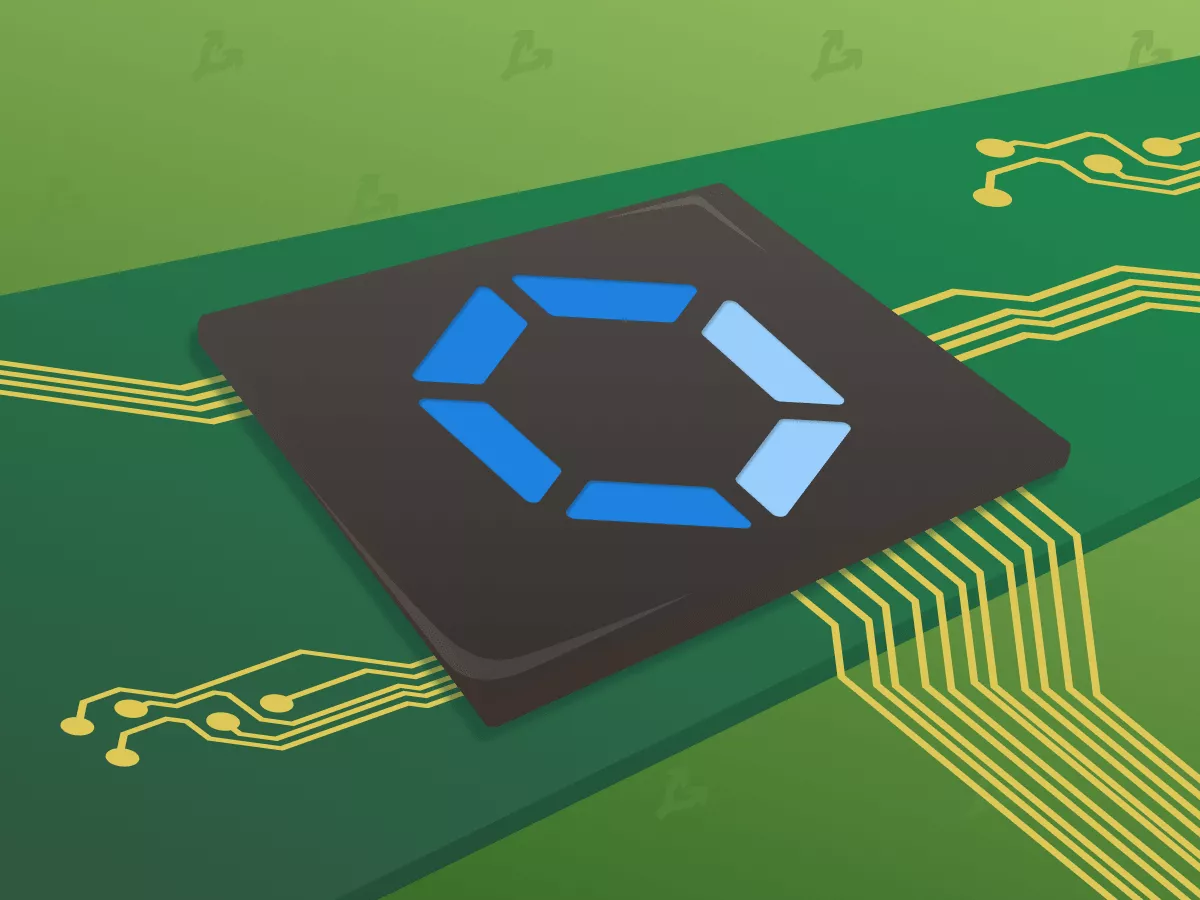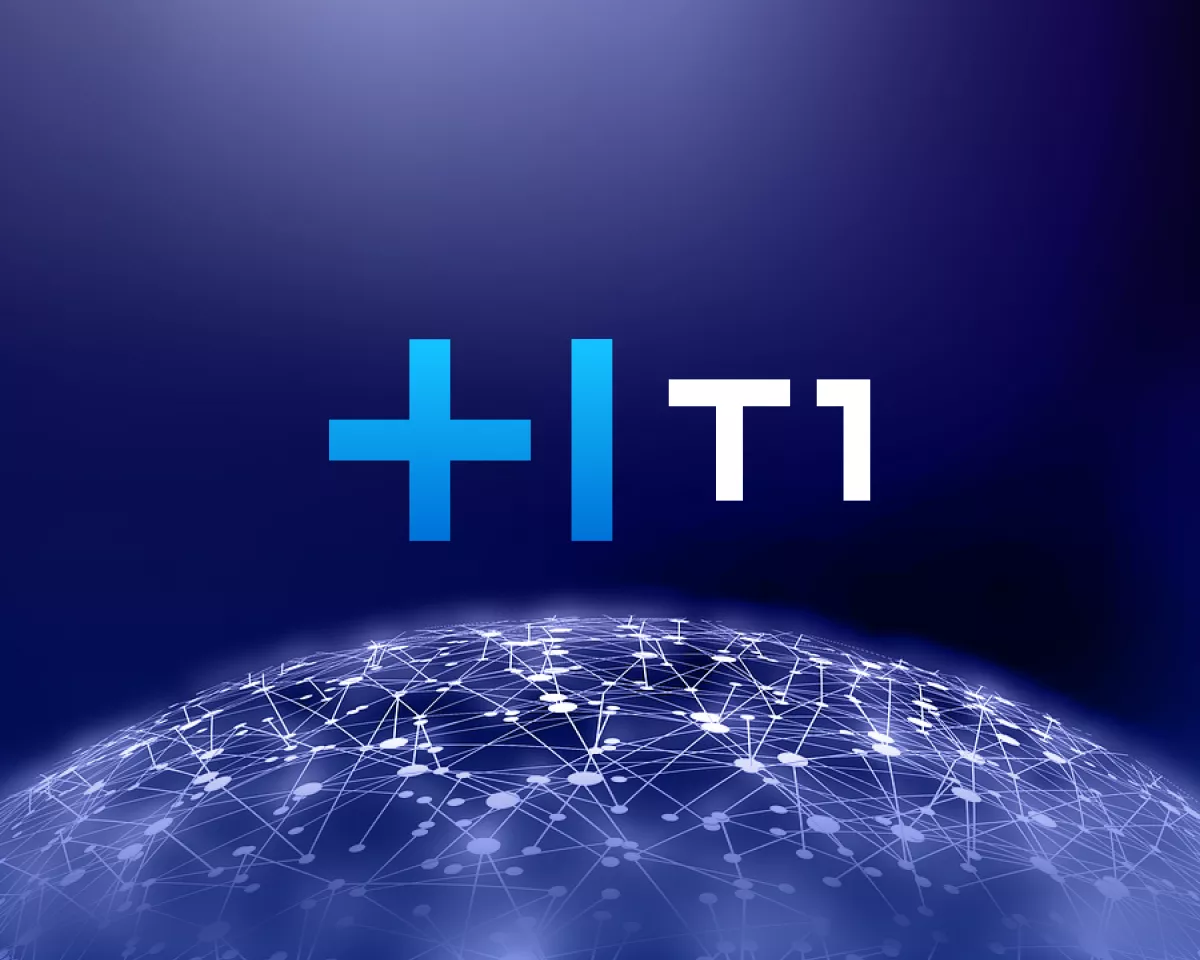Stablecoins like USDC have become a cornerstone in the cryptocurrency ecosystem, offering unique stability and reliability. This article provides an in-depth exploration of the USDC Coin, offering you a detailed understanding of its functions, market dynamics, and the organization behind it, particularly Circle USDC. As you navigate through this guide, you’ll gain insights into the USDC price and its stability, explore whether USDC is fully reserved, and understand its role and impact within the broader crypto ecosystem. What Is USDC? An Overview USDC, or USD Coin, stands as a paradigm of stability in the volatile world of cryptocurrencies. It is a type of stablecoin, which means its value is pegged to a stable asset, in this case, the US dollar. This pegging mechanism is designed to combine the flexibility and speed of cryptocurrency transactions with the stability of a fiat currency. USDC operates on several blockchain platforms, including Ethereum and Solana, making it a multi-chain asset. This flexibility allows for broader adoption and integration into various decentralized finance (DeFi) applications and ecosystems. One of the critical features of USDC is its backing by fiat currencies, typically held in reserve by regulated financial institutions. This backing not only provides a level of security but also enhances trust among users, as each USDC token is purportedly equivalent to one US Dollar held in reserve. Moreover, USDC’s adherence to regulatory compliance and transparency standards, particularly in terms of reserve audits, further cements its position as a reliable and trustworthy digital currency in the crypto market. The Basics of USDC In The Crypto World In the dynamic landscape of cryptocurrencies, USDC has carved out a niche as a stablecoin that bridges the traditional financial world with the burgeoning digital economy. Its creation and ongoing management by Circle, in collaboration with Coinbase, reflect a commitment to ensuring that the coin maintains its 1:1 peg to the USD through regular audits and compliance with financial regulations. The utility of USDC extends beyond mere value storage. It is a crucial instrument in various crypto-related activities, including trading, lending, and yield farming, as it provides a stable medium of exchange and value reference. Additionally, USDC’s integration into various blockchain ecosystems has made it a linchpin in the DeFi space, facilitating seamless transactions across different platforms without the typical volatility associated with other cryptocurrencies. As such, USDC is not just a digital version of the dollar; it is a vital tool for financial innovation and digital economy expansion, reflecting the evolving nature of money and finance in the 21st century. The Mechanics Of USDC Stablecoin Understanding the mechanics of USDC is crucial for comprehending its stability and efficiency as a digital currency. In this section, we delve into the technical aspects that govern USDC’s functionality and its practical usage through the USDC contract address. How Does The Stablecoin Function? At first, USDC was an ERC-20 token on the Ethereum blockchain, but it has expanded to other blockchains like Solana and Algorand. This interoperability allows for broader utilization across various decentralized platforms. The fundamental principle behind USDC’s functioning is its 1:1 peg to the US Dollar, maintained through a reserve of equivalent fiat currency. This reserve is audited to ensure transparency and trust. The minting and redemption process of USDC is a critical aspect of its mechanics. Users can create USDC by depositing USD into a bank account managed by Circle, the consortium behind USDC. In return, an equivalent amount of USDC is minted and sent to the user’s blockchain address. Conversely, USDC can be ‘burned’ or destroyed to withdraw the equivalent USD, maintaining the stablecoin’s value in parity with the fiat currency. USDC Contract Address The USDC contract address or “USDC Token Address” is a fundamental component of its operation on various blockchains. These addresses represent a unique identifier for the smart contract that governs the USDC token on a specific blockchain. It is through these contract addresses that USDC interacts with the blockchain ecosystem, enabling transactions, minting, and redemption processes. Here are the USDC contract addresses on different blockchains: Ethereum (ERC-20): 0xa0b86991c6218b36c1d19d4a2e9eb0ce3606eb48 Binance Smart Chain (BSC): 0x8ac76a51cc950d9822d68b83fe1ad97b32cd580d TRON (TRC-20): TEkxiTehnzSmSe2XqrBj4w32RUN966rdz8 Solana: EPjFWdd5AufqSSqeM2qN1xzybapC8G4wEGGkZwyTDt1v Avalanche: 0xB97EF9Ef8734C71904D8002F8b6Bc66Dd9c48a6E Each blockchain has its unique contract address for USDC, allowing for seamless integration and interoperability across different platforms. These addresses enable the tracking and verification of USDC transactions, ensuring the integrity and transparency of the token across multiple networks. The Organization Behind USDC Coin At the helm of USDC’s development and ongoing operations is Circle, a prominent financial services company specializing in digital currency solutions. In partnership with Coinbase, one of the largest cryptocurrency exchanges globally, Circle co-founded the Centre Consortium, which oversees the USDC project. Circle’s role in the USDC ecosystem is multifaceted. It involves overseeing the issuance of USDC, maintaining regulatory compliance, managing reserve assets, and ensuring the stablecoin’s overall integrity and transparency. Circle’s commitment to adhering to stringent regulatory standards, conducting regular audits, and publishing transparency reports has been instrumental in establishing and maintaining trust in USDC among users and regulators alike. Moreover, the collaboration between Circle and Coinbase under the Centre Consortium umbrella is a testament to the synergy between traditional finance and modern fintech innovation. This partnership leverages Circle’s expertise in financial compliance and Coinbase’s robust platform and user base, creating a stablecoin that is widely accessible, highly secure, and seamlessly integrated into the broader cryptocurrency market. Who Owns And Manages USDC? Ownership and management of USDC are structured around the CENTRE Consortium, jointly created by Circle and Coinbase. This structure ensures a balance of power and shared responsibility in managing the stablecoin. While Circle plays a pivotal role in the operational aspects of USDC, including minting, redemption, and ensuring regulatory compliance, Coinbase contributes to its widespread distribution and integration into the cryptocurrency ecosystem. The governance of USDC is designed to be transparent and compliant with existing financial regulations. Regular audits and public reports of the reserve holdings back the stablecoin, providing assurance of its backing and stability. This governance model is part of a broader strategy to maintain user trust and to ensure that USDC remains a stable and reliable digital asset within the volatile cryptocurrency market. USDC Price And Market Dynamics The USDC price is designed for stability, maintaining a 1:1 peg with the US dollar. This stability comes from a corresponding reserve of dollars, contributing to its minimal volatility compared to non-stable cryptocurrencies. However, market dynamics can still influence USDC’s price, albeit in a more constrained manner. Factors such as transaction volume, liquidity in various exchanges, and overall demand for stablecoins can cause slight fluctuations in its value, often reflected in the premium or discount of USDC during high volatility periods in the broader crypto market. These deviations, although typically small, can create opportunities for arbitrage. Arbitrage, in the context of a depegged USDC, involves capitalizing on the price difference between USDC and the actual USD. Traders can buy USDC at a discount (when its value falls slightly below one dollar) and redeem it for a full dollar, or conversely, sell it at a premium (when its value rises above a dollar). This practice, while potentially profitable, requires swift action and a keen understanding of market conditions, as the window for arbitrage is often narrow. Conversion Mechanics The conversion process between USDC and USD is a foundational aspect of its functionality. Users can convert US dollars into USDC by sending USD to the issuer’s bank account, triggering the minting of an equivalent amount of USDC. The reverse process involves ‘burning’ USDC, removing it from circulation, and withdrawing the equivalent amount in USD. This one-to-one exchange mechanism is facilitated by smart contracts on the blockchain, ensuring the transparency and audibility of the stablecoin’s supply. The ease of conversion between USDC and USD underpins the token’s utility as a digital stand-in for the dollar, providing a stable medium for transactions and value storage in the cryptocurrency ecosystem. Price Chart And Predictions Despite its stable nature, analyzing USDC’s price charts can offer valuable insights, particularly during depegging events. Such analyses involve observing deviations from its pegged value, which can indicate market stress or changing perceptions about the stability of the stablecoin. While USDC is generally restored to its peg quickly, these fluctuations are closely watched by traders for arbitrage opportunities. Long-term predictions about USDC often focus on its adoption rates, regulatory developments, and the overall growth of the stablecoin market. Observing transaction volumes and patterns also provides indicators of the broader crypto market’s liquidity and stability, informing investment strategies and risk management within the cryptocurrency space. Safety: Is USDC Fully Reserved? The safety and stability of USDC, a major concern for users and investors alike, hinge significantly on whether the stablecoin is fully reserved. To address this, Circle, the issuer of USDC, has implemented robust practices for transparency and accountability. Notably, Circle provides monthly transparency reports. These are crucial in disclosing USDC’s reserve holdings and the associated minting and burning activities of the coin. These reports offer a clear view of the assets backing USDC, ensuring that each token is fully collateralized. The backbone of this transparency lies in the audited consolidated financial statements, confirming that a mix of cash, cash equivalents, restricted cash, and USDC deposits back USDC. This approach aims to maintain a dollar-for-dollar parity, a critical factor for the trust and stability of the stablecoin. In a significant move towards enhanced transparency and trust, Circle announced in January 2023 that it switched its auditing partner from Grant Thornton to Deloitte, one of the ‘Big Four’ accounting firms. This change aligns Circle with Coinbase, which also uses Deloitte for its accounting and audits. Remarkably, the decision to partner with Deloitte for proof of reserves audits represents a step forward in ensuring the highest standards of financial scrutiny and transparency for USDC. Regulatory Insights: SEC Vs. Circle Circle, the issuer of USDC, has actively engaged with the SEC to navigate the evolving regulatory landscape of cryptocurrencies. In July 2021, Circle received an investigative subpoena from the SEC, requesting information about its holdings, customer programs, and operations. Circle has cooperated fully with this investigation, demonstrating its commitment to regulatory compliance. Furthermore, Circle has taken a firm stance that stablecoins like USDC should not be classified as securities. In September 2023, during its intervention in the SEC’s case against Binance, Circle argued that payment stablecoins like USDC, tied to assets like the dollar, lack features of an investment contract because their users do not expect profits from standalone purchases. This position suggests that such assets, according to Circle, fall outside the SEC’s jurisdiction, supported by decades of case law that distinguishes asset sales from investment contracts. Conclusion: Is USDC Safe? Assessing the safety of USDC involves considering several factors, including its reserve backing, regulatory compliance, and Circle’s proactive engagement with regulatory bodies. The fact that each USDC is backed by a dollar in reserves, verified by regular independent audits, provides a strong foundation for its stability. Circle’s cooperative stance with the SEC and its argument that USDC does not constitute a security further highlight its commitment to compliance and transparency. While no digital asset is entirely risk-free (see below section about historical depegs), these measures position USDC as one of the more reliable and secure stablecoins in the cryptocurrency market. USDC In The Cryptocurrency Market As a key player in the cryptocurrency market, USDC’s role and performance can be best understood in the context of its interaction with other stablecoins and its historical stability, particularly during depeg events. Comparison With Other Stablecoins USDC is often compared with other major stablecoins like Tether (USDT) and Binance USD (BUSD) due to its similar goal of providing stability in the volatile crypto market. While all these stablecoins aim to maintain a 1:1 peg with the US dollar, they differ in their operational approaches, transparency levels, and regulatory compliance. USDC stands out for its strong commitment to regulatory standards and transparent auditing practices, setting it apart from competitors like USDT, which has faced scrutiny over reserve backing. Unlike the “offshore” labeled USDT (Tether), a top-tier firm audits USDC’s operations and reserves, enhancing its credibility and trust. Tether, on the other hand, has drawn criticism for its less transparent reserve audits, not conducted by a ‘Big Four’ audit firm. On the other hand, BUSD, which is a stablecoin issued by Binance in partnership with Paxos, has faced regulatory issues. Binance announced in August 2023 that it will gradually end support for BUSD, following a directive from the New York Department of Financial Services (NYDFS) to Paxos to halt the minting of new BUSD tokens. USDC Depeg: A Brief History USDC has a strong track record of maintaining its peg to the USD, but it has faced moments of depegging. A notable instance occurred during the banking turmoil involving Silicon Valley Bank (SVB) in March 2023. Circle disclosed that it had $3.3 billion of its reserves in SVB. Amid fears of a banking crisis, USDC’s price on exchanges like Kraken plunged to 87 cents, a significant deviation from its $1 peg. This event led to a surge in trading volumes as market participants rushed to arbitrage opportunities, and decentralized exchanges saw record-high volumes. Circle swiftly addressed the situation by removing about 3.9 billion USDC from circulation, exceeding the amount minted, and confirmed the transfer of its reserves to BNY Mellon. Subsequently, USDC regained its peg, highlighting its resilience despite the temporary depeg caused by external banking pressures. Use Cases For The Stablecoin USDC’s versatile nature enables its use in a variety of financial activities, ranging from straightforward buying and selling to more complex applications like staking, earning interest, and participating in lending and borrowing schemes. Buying, Staking And Earning Interest Users can stake USDC by locking up their tokens to support a blockchain network’s operation, earning interest in return. Additionally, many platforms offer interest-earning accounts where depositing USDC can yield returns, similar to a traditional savings account but often at higher rates. Notably, the interest rates vary greatly depending on the platform. The rate can be an indication of how risky the provider’s practices are in order to earn the interest. You should always read the terms and conditions in detail to understand what is happening with your money. Borrowing, Lending And Practical Uses In decentralized finance (DeFi), many use USDC for borrowing and lending. Users can lend their USDC to earn interest or use it as collateral to borrow other assets. This flexibility makes USDC a valuable tool for liquidity and risk management in the crypto ecosystem. Here, too, you should understand the risks of the respective products before you invest. How To Buy USDC? Buying USDC typically involves registering on a crypto exchange or platform that supports USDC trading. Users can purchase USDC using fiat currencies like USD or exchange it for other cryptocurrencies. The process involves creating an account, completing any required KYC procedures, and then executing the purchase through the platform’s trading interface. The Future Of USDC USDC’s future is taking shape with its growing role beyond traditional cryptocurrency trading and speculation, as it ventures into global payments, decentralized finance (DeFi), and the emerging metaverse. Growth and Future Projections for USDC Several emerging use cases could drive USDC’s growth: Mainstream Cross-Border Payments: USDC could revolutionize mainstream e-commerce and B2B payments across borders. Its advantages over traditional bank wires, demonstrated by partnerships like Visa’s with Circle, highlight its potential in real-world commerce. Financial Inclusion: USDC presents opportunities for expanding financial inclusion, particularly for the unbanked and underbanked. It offers an accessible digital payment infrastructure that bridges geographic and cost barriers, potentially transforming access to financial services worldwide. DeFi Ecosystem: In the DeFi space, USDC is a popular choice due to its price stability. The stablecoin sees widespread use for loans, borrowing, and yield farming on DeFi lending platforms. Moreover, decentralized exchanges use USDC as a base pair for trading. NFT Market: The rise of NFTs has seen USDC emerge as a preferred medium for transactions. It’s offering a more affordable way to purchase NFTs compared to high gas fees associated with other cryptocurrencies. Metaverse Economies: As virtual worlds in the metaverse evolve, USDC is becoming an important digital currency for in-world transactions, offering price stability for buying virtual goods and services. Innovations And Developments In The Ecosystem USDC stands ready for continuous innovation, potentially expanding its blockchain integration and developing new features to meet user needs. Its role in facilitating more equitable financial services and its integration into evolving digital economies positions USDC as a significant player in the future of digital currency and global finance. Frequently Asked Questions (FAQ) What Is USDC Coin? USDC, or USD Coin, is a digital stablecoin pegged to the US dollar. It offers stability in cryptocurrency transactions compared to more volatile digital currencies. Is USDC ERC-20 Based? Yes, USDC is primarily based on the Ethereum blockchain, following the ERC-20 standard. It’s also available on other blockchains like Solana and Algorand. What’s Circle USDC? Circle USDC refers to the USDC stablecoin issued by Circle, a financial technology firm. Circle co-founded the CENTRE Consortium with Coinbase to govern USDC. What USDC Interest Rates Can You Earn? Interest rates for USDC vary by platform. DeFi protocols and crypto lending platforms often offer competitive rates for lending USDC. What Is True About USDC? USDC, a stablecoin, maintains a 1:1 peg to the US dollar. Equivalent assets back the value of USDC. What Is USDC Crypto? USDC Crypto refers to the USDC stablecoin. It serves various purposes in the cryptocurrency market, including transactions, trading, and acting as a stable store of value. Who Owns USDC? Circle issues USDC, and the CENTRE Consortium, a collaboration between Circle and Coinbase, governs it. What Are The Latest USDC News? For the latest USDC news, check NewsBTC.com and Bitcoinist.com. What Is The USDC Contract Address? The USDC contract address varies by blockchain. For Ethereum, it’s 0xa0b86991c6218b36c1d19d4a2e9eb0ce3606eb48. What Is The USDC Token Address? The USDC token address refers to the specific address for USDC on various blockchains, like the ERC-20 address on Ethereum. It’s: 0xa0b86991c6218b36c1d19d4a2e9eb0ce3606eb48. Can You Borrow And Lend USDC? Yes, you can use USDC for borrowing and lending on various DeFi platforms. What Can You Do With USDC? You can use USDC for transactions, trading, staking, lending, and as a stable store of value in digital finance. What Is The USDC Meaning? USDC stands for USD Coin, signifying its peg to the US dollar. How Does USDC Work? USDC works by maintaining a stable value pegged to the US dollar. Equivalent reserves back it, and it operates on blockchain technology. Where Can You Check The USDC Reserves? You can check USDC reserves through Circle’s transparency reports and independent audit statements. Featured image from Mt Pelerin















